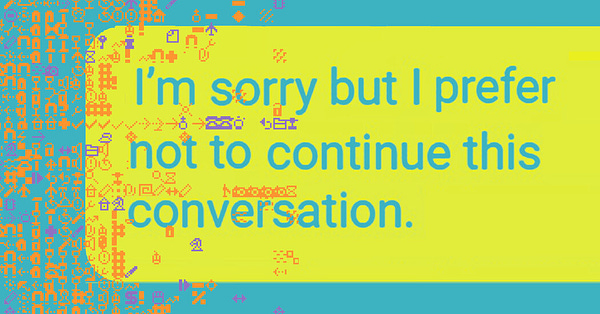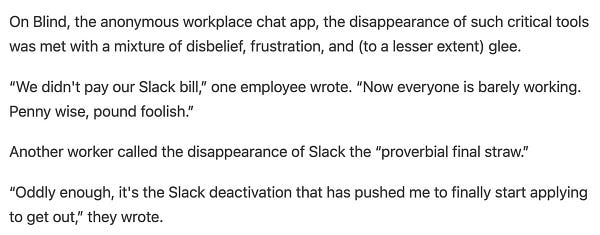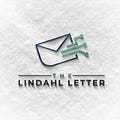In total the largest knowledge graph ever created on the shoulders of giants happens to be the college academy of knowledge compiled as a part of our higher education traditions. That knowledge graph is inherently built on connections and the learning patterns of academics. It would have to be considered to be a very human based aggregate not a computer based one. It’s possible that could change over time, but I’m not entirely convinced that is going to happen in the short term. The totality of academics is a much more complex knowledge collection than any model. It also contains a lot of conflicting arguments and disagreement.
Here is a video from IBM Technology that explains, “What is a knowledge graph?”
If you wanted to really go deeper, then you could check out this video from Yanic.
Wang, C., Liu, X., & Song, D. (2020). Language models are open knowledge graphs. arXiv preprint arXiv:2010.11967. https://arxiv.org/pdf/2010.11967.pdf
Here are 3 academic papers that are highly cited within the context of knowledge graphs.
Nickel, M., Murphy, K., Tresp, V., & Gabrilovich, E. (2015). A review of relational machine learning for knowledge graphs. Proceedings of the IEEE, 104(1), 11-33. https://ieeexplore.ieee.org/ielaam/5/7360840/7358050-aam.pdf
Ji, S., Pan, S., Cambria, E., Marttinen, P., & Philip, S. Y. (2021). A survey on knowledge graphs: Representation, acquisition, and applications. IEEE transactions on neural networks and learning systems, 33(2), 494-514. https://arxiv.org/pdf/2002.00388.pdf%E2%80%8Barxiv.org
Wang, Z., Zhang, J., Feng, J., & Chen, Z. (2014, June). Knowledge graph embedding by translating on hyperplanes. In Proceedings of the AAAI conference on artificial intelligence (Vol. 28, No. 1). https://ojs.aaai.org/index.php/AAAI/article/download/8870/8729
Academic papers are really just a series of single meals within the greater academy of academic work. You have to really be committed to bringing together your overall thoughts on the field, the most relevant publications, and ultimately the totality of things happening in your field of academic study. You cannot for the most part hang your hat on any one academic paper being able to explain it all. Together with a multitude of other papers the content has more context. Sometimes people stop eating single serving meals to write introductions, textbooks, or other onramp materials to help people catch up. My fear has been that within the ML and AI spaces the flooding of content has made catching up almost impossible for people wanting to find the on ramp to getting up to speed on everything that is happening. This problem exists in different ways for researchers and scholars that are just trying to keep up with the endless stream of new content along the way. Every day, month, and year new papers are being published at rates that are mind boggling. Now that synthetic written content has gone mainstream thanks to ChatGPT kickstarting that marketplace. My honest guess here is that a lot of researchers will kickstart their writing endeavors with the rocket booster for written content creation that is ChatGPT. They can just edit it down and move along to publish more papers.
That preamble is super important to trying to contextualize why understanding the knowledge graph is so important. An important factor within the larger aggregate knowledge graph we all share itself is changing. It’s really like somebody showed up to the party and invited way more people than could possibly attend. Yeah, I’m about to talk about the effects of content flooding on future knowledge graph management. When the intake protocols for the knowledge graph cannot tell the difference between synthetically created input data and the standard product that has been on the market for thousands of years. For the most part knowledge graph based algorithms have had a hard time dealing with satire and sarcasm content where the author is intentionally spinning a false narrative. You end up with two conflicting next best answers where one should have a very low confidence score. However, this new effort within ChatGPT is whole-sale different. You have content that looks and seems like it should be included in the knowledge graph, but it is not tested or curated in any way shape or form. It’s almost like a point in time has to be considered where things before ChatGPT and things after ChatGPT have different weights within the overall knowledge graph. That is a troubling idea to consider.
Top 5 Tweets of the week:










What’s next for The Lindahl Letter?
Week 111: Natural language processing
Week 112: Autonomous vehicles
Week 113: Structuring an introduction to AI ethics
Week 114: How does confidential computing work?
Week 115: A literature review of modern polling methodology
If you enjoyed this content, then please take a moment and share it with a friend. If you are new to The Lindahl Letter, then please consider subscribing. New editions arrive every Friday. Thank you and enjoy the year ahead.













Chatbots and understanding knowledge graphs